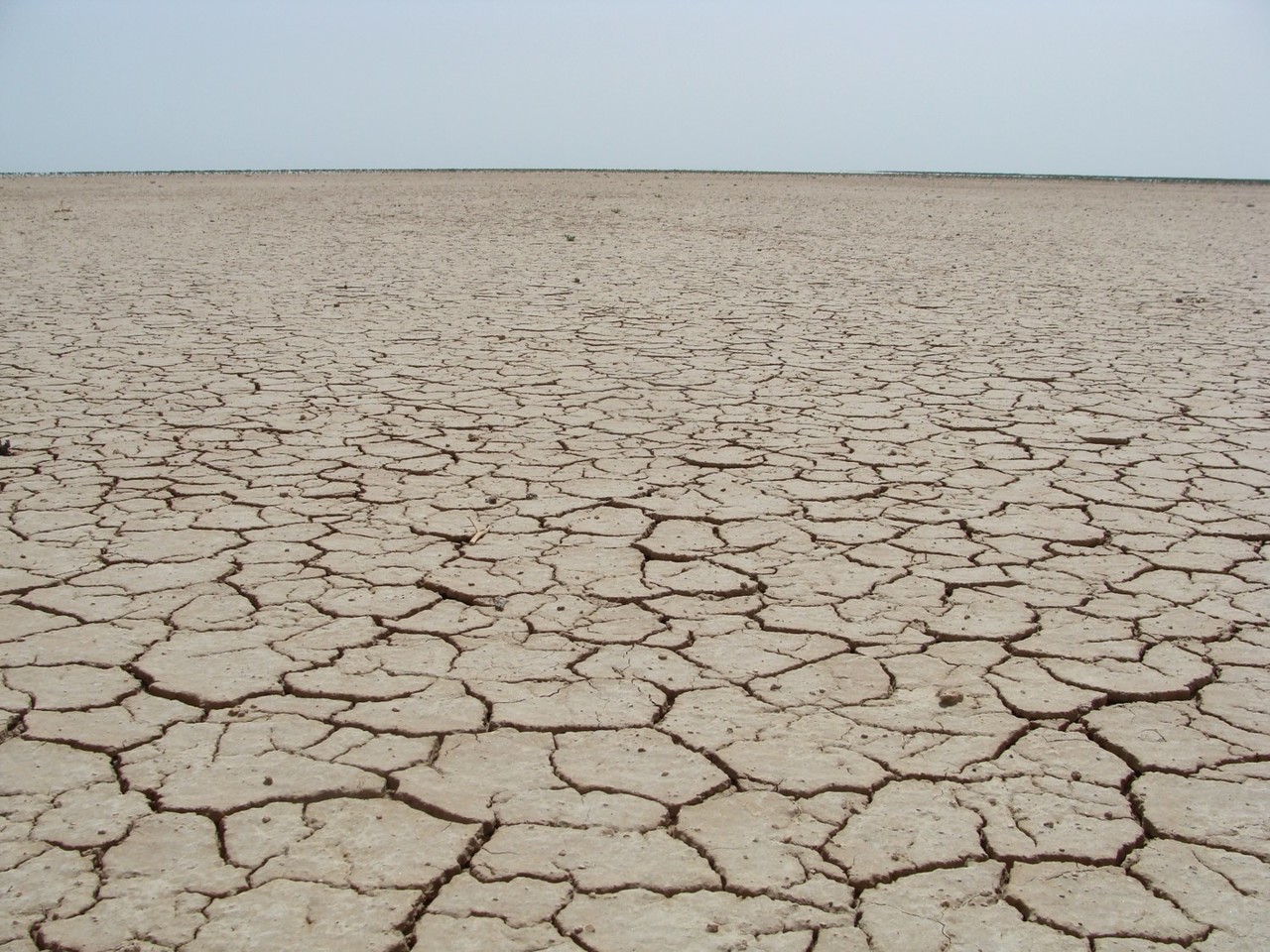Biodiversity offsets (‘offsets’) are part of a larger and rather more important idea, which is that it might be possible to seek ‘no net loss’ or even a ‘net gain’ for wild nature alongside economic development. But is such a goal truly possible, in practice?
Collecting the global empirical data needed to answer the question posed in the introduction above will take time. The dataset on offset implementation that we present in our paper represents another step in that direction, but collating these data alone was hard and time-consuming. This is perhaps well illustrated by the sequence of photographs included in one of the figures (Figure 3) in the paper. In the first, we were visiting the site of river restoration projects in the heart of a National Park in the Canadian Rockies, as part of a field trip that took weeks and involved coming within uncomfortably close proximity to a cougar, as well as a grizzly bear with a fresh kill. The second photograph is taken in Victoria, Australia – a grassland native restoration project seeking to become part of an offset scheme that is highly contentious, both politically and scientifically. Finally, the third photograph was taken several weeks into a field trip in a remote corner of western Uzbekistan, in which our expedition team was camping out in temperatures of –30°C. These field trips, amongst others, were spread out over a period of approximately 5 years. Ultimately, even though the data we present were primarily collated through a systematic online search, it was these numerous and wide-ranging fieldwork trips (alongside associated engagement with a global network of experts and practitioners) that provided the context needed to effectively interpret the information.

Hiking the Canadian Rockies. In some provinces, offsets are required for development impacts on aquatic ecosystems (credit: J. W. Bull).
What the dataset tells us is that biodiversity offsets have been much more extensively implemented than might have been anticipated. If one were to combine all of the offsets in our dataset together, the resulting landmass (ostensibly, a mosaic of restored natural habitats or otherwise sustainably managed landscapes) would already be larger than, say, Greece – and all this from only a few decades of implementation. Crucially, this area does not represent gains for biodiversity conservation: rather, it represents efforts to compensate for the loss of biodiversity associated with certain types of economic development project. That is a clear demonstration of the scale on which economic development activities more generally are modifying biodiversity. And to imagine the direction in which this trend might possibly be going – we found evidence for substantial implementation across some of the 74 countries included at the time, yet there are already now as many as 108 countries with offset policies in place or under development.

Camping out in the cold in western Uzbekistan, to gather ecological data for biodiversity offset research (credit: J. W. Bull).
But the bigger question alluded to earlier – whether it is possible to achieve ‘no net loss of biodiversity or better’ alongside economic development – is not a question of how many biodiversity offsets there are. It is really a more intractable question of whether the requirement to offset generally causes developers to avoid negative impacts on biodiversity in the first place, which is not something that we capture in our current dataset. I would speculate, on the basis of anecdotal first-hand experience, that there is no clear-cut answer to that; but that there is a good chance the requirement to offset tends to lead to better outcomes for nature than no requirement to offset at all. If humanity wants to meet any of our global nature conservation objectives – protecting the last of the wild, bending the biodiversity curve, halting the loss of species – then that is a chance worth exploring further.
Read the full paper, "The global extent of biodiversity offset implementation under no net loss policies", in Nature Sustainability, at https://rdcu.be/bb0ed.






Please sign in or register for FREE
If you are a registered user on Research Communities by Springer Nature, please sign in